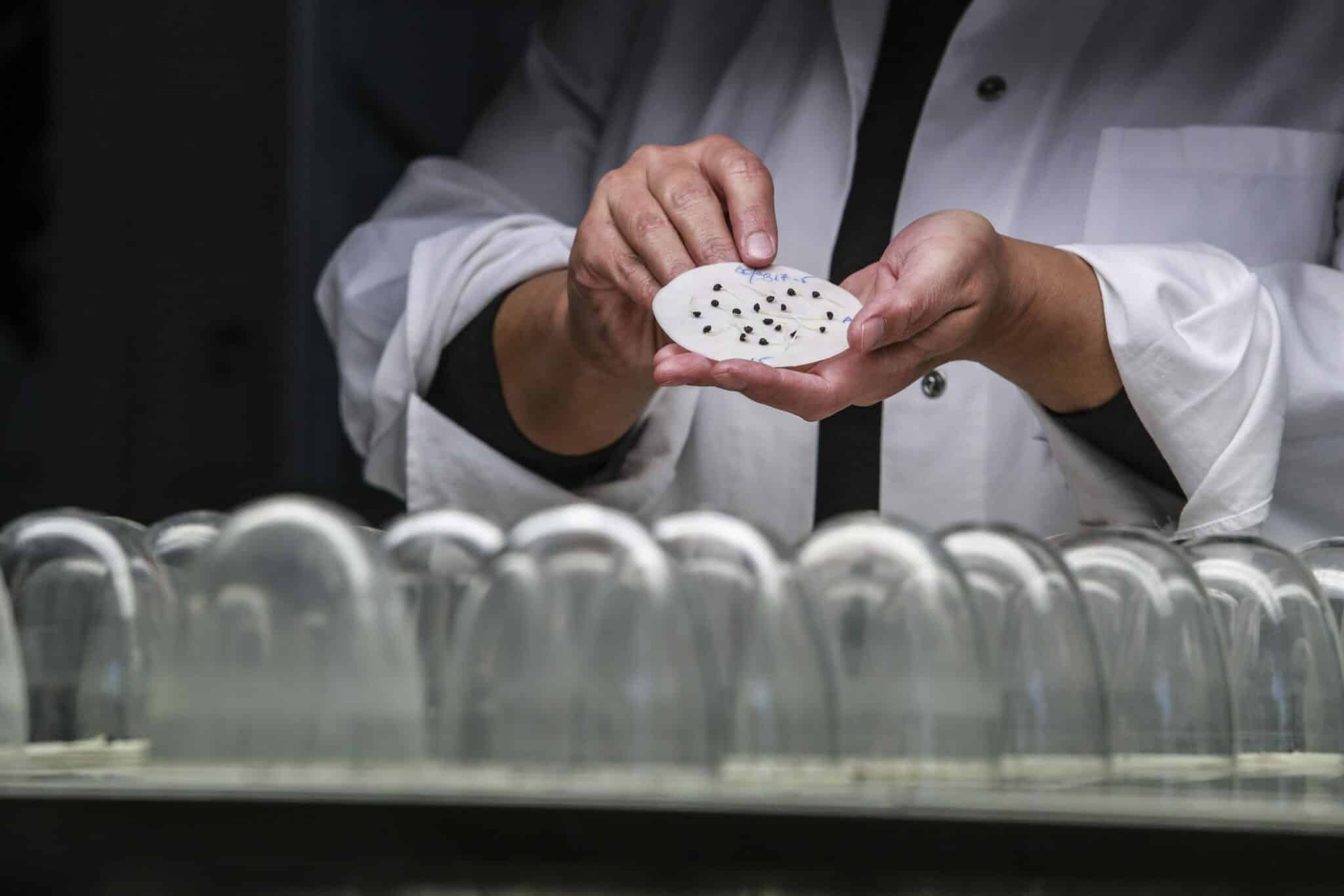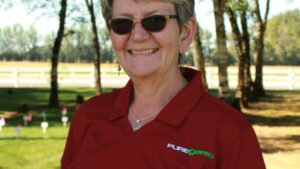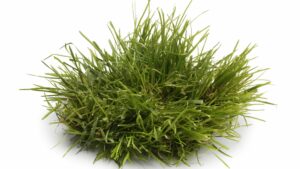The smallest input leads to big change.
Seeds are the start and the first step in a solution for global hunger.
2020 was designated as the International Year of Plant Health, which was a key step in shining a light on the importance of plant health, including good seed.
“It finally brought into light how protecting plant health can help achieve food security and solve other global challenges,” says Arop Deng, integration and support leader at the International Plant Protection Convention (IPPC), hosted by the Food and Agriculture Organization of the United Nations (FAO).
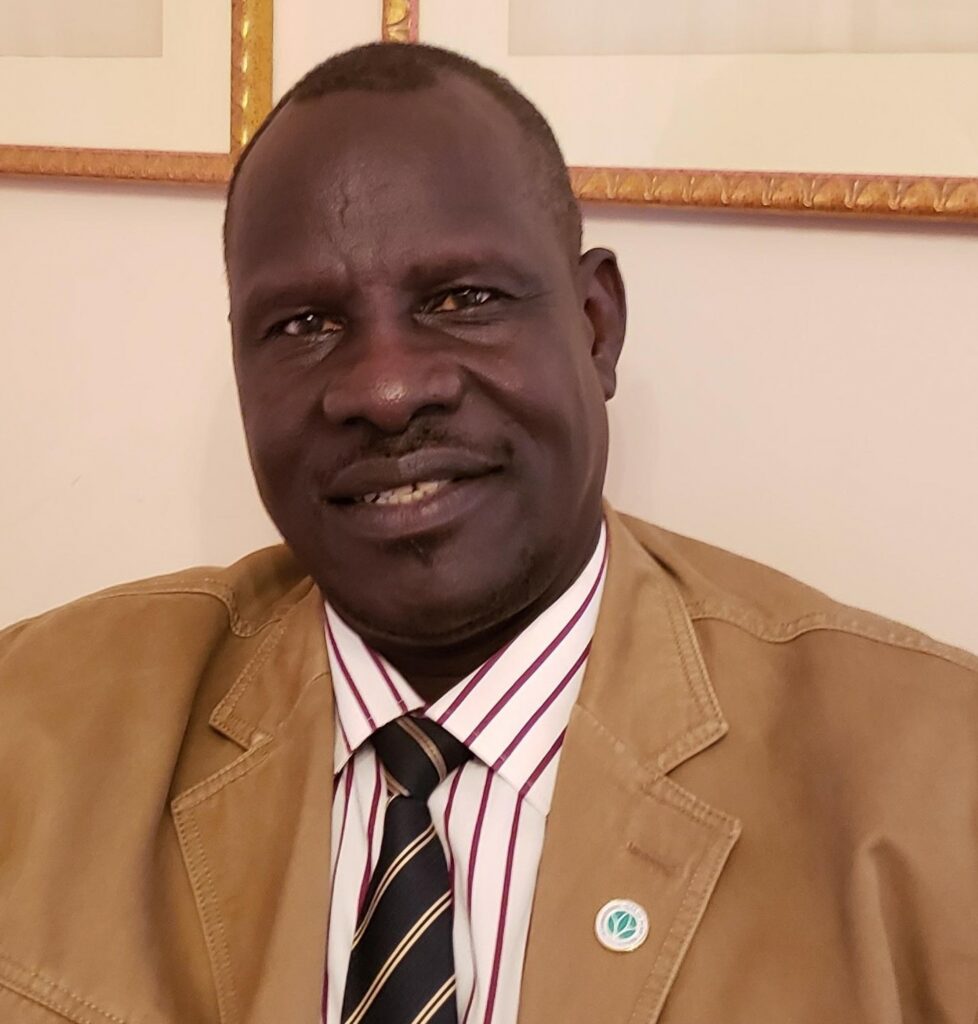
One of the goals mapped out from the United Nations’ Sustainable Development Goals, is No. 2: End hunger, achieve food security and improve nutrition and promote sustainable agriculture. It’s an ambitious goal, with many barriers, but small seeds are a big part of the solution.
Seed companies and their partners are at the core of this innovation in the effort to feed the world by 2050, when the world’s population is anticipated to increase by more than 35%, and crop production will need to double.
In addition to germplasm advances and seed-applied treatments, seed companies are now providing new digital solutions that help farmers make data-driven decisions. Specific breeding goals have also changed.
“Only maximizing yield above all else is simply no longer a viable strategy,” says Klaus Kunz, head of Sustainability and Business Stewardship, Crop Science division of Bayer.
Protecting From Pests
According to Deng, plant pests and diseases are a huge concern.
“They are responsible for losses of 20 to 40% of global food production, and for trade losses in agricultural products exceeding $220 billion every year. What is more, once established in a new area, plant pests are often impossible to eradicate,” Deng adds.
Deng reports that pests are not only appearing earlier in the season, but raising temperatures are creating new pathways for pests to thrive and spread.
“Climate change influences the movement of pests and threatens both the quality and quantity of crops. Balancing the impact of climate change, pest occurrences and food production is an incredible emerging global challenge for the scientific community,” Deng says.
Along with research partners and other organizations, seed companies contribute to plant health from the very beginning.
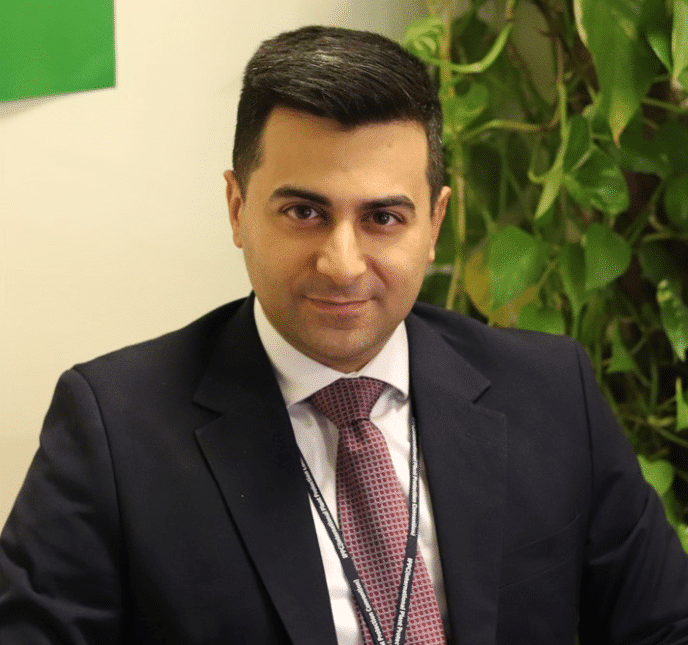
“They provide healthy seeds that are routinely tested to prevent or control plant pests that may affect seed quality, seed movement, and their introduction into new territories,” confirms Mirko Montuori, International Year of Plant Health project officer for FAO.
Business Across Borders
Bert Van Der Feltz, global CEO of East-West Seed, says seed health is a crucial focus because the seed is traded internationally across many countries, from production to sales and distribution.
“It can be a pathway for certain plant pests and diseases, so seeds introduced to a country must be healthy,” Van Der Feltz says.
International Standards for Phytosanitary Measures (ISPMs) are one tool in the toolbox to fight against pest concerns. These standards are adopted by the Commission on Phytosanitary Measures (CPM), which is the governing body of the International Plant Protection Convention (IPPC). As of December 2019, there are 42 adopted ISPMs, 29 diagnostic protocols and 32 phytosanitary treatments.
According to Sara Giuliani, public information specialist at the IPPC Secretariat, regulatory processes are at the at the core of the IPPC mandate as the international standard setting body for plant health.
“Plant health standards ensure that pest risks are effectively managed, prevent pests and diseases to spread worldwide, and make sure that trade and transportation of plants, seeds, and other agricultural products is safe,” Giuliani says.
The U.S. Department of Agriculture’s Animal and Plant Health Inspection Service’s (APHIS) Safeguarding Continuum is an extensive operation designed to prevent large-scale agricultural, environmental, and economic losses from invasive plant pests and diseases, and discourages other countries from closing their markets to our products because they don’t want our pests, says Greg Rosenthal, communications specialist for APHIS.
“We begin the fight against invasive plant pests and diseases before they have a chance to cross our borders,” Rosenthal says. “When U.S. Customs and Border Protection (CBP) or APHIS inspectors intercept a pest, our identifiers must quickly figure out what it is and whether it poses a risk to our crops or forests. They order emergency actions, such as treatments, re-export or destruction, to keep quarantine pests out of the country.”
Striving for Sustainability
Steve Reno, Corteva Agriscience president, Global Seed Business Platform says one of the company’s sustainability goals is that every new Corteva product will meet new sustainability criteria by 2025,
“When it comes to sustainable advances in the seed, genetic diversity plays an important role,” Reno says.
To ensure sustainability, Giuliani reported that it is crucial to build capacity of phytosanitary experts, as well as improving the infrastructural development for seed testing and certification at global and regional levels.
These efforts do come at a cost.
“Sustainably producing better seeds requires new technologies and new skillsets, which may push the cost of seed production upward, resulting in higher seed prices,” Van Der Feltz says.
Starting Small
Supporting individual farming families in impoverished communities is perhaps the most sustainable and effective way to reduce hunger and poverty over the long term.
B.M. Prasanna, director of the Global Maize Program and of the CGIAR Research program on Maize at the International Maize and Wheat Improvement Center (CIMMYT), says smallholder farms in sub-Saharan Africa make up 80% of all farms there, and contribute significantly to food production in the region.
“Over the past 15 years, CIMMYT and partners in sub-Saharan Africa have been able to intensively work with seed companies to invest in deployment of climate-resilient and nutritionally enriched maize seed, and generate demand for such products,” Prasanna says.
Kunz agrees that focusing on small farmers is a big idea.

“Much of the population growth in the next few decades will come from low- and middle-income countries, which are dominated by smallholder farmers whose access to innovative high-yielding seeds is way behind their higher-income country peers,” he says. “Simply closing this gap and helping them be more productive can help bring food security directly to those areas where it is most needed.”
Training is also a huge need, not only about choosing improved varieties but also in how to utilize those effectively.
For example, Van Der Feltz says East-West Seed provides smallholder farmers knowledge and skills on improved agronomic practices and climate-smart technologies.
“EWS trains farmers to gain knowledge and skills on better agronomic practices to optimize the genetic potential of improved varieties,” he says.
In many cultures, vegetables are considered women’s crops and have been historically ignored government and NGOs, focusing on so-called “row crops,” with a food security mindset. East-West Seed is happy to see this mindset change towards crops that increase farmer’s income.
“Our champion varieties that give farmers good income in various countries are onion, pumpkin, sweet corn, bitter gourd, cucumber, ridge gourd, and tomato,” Van Der Feltz says.
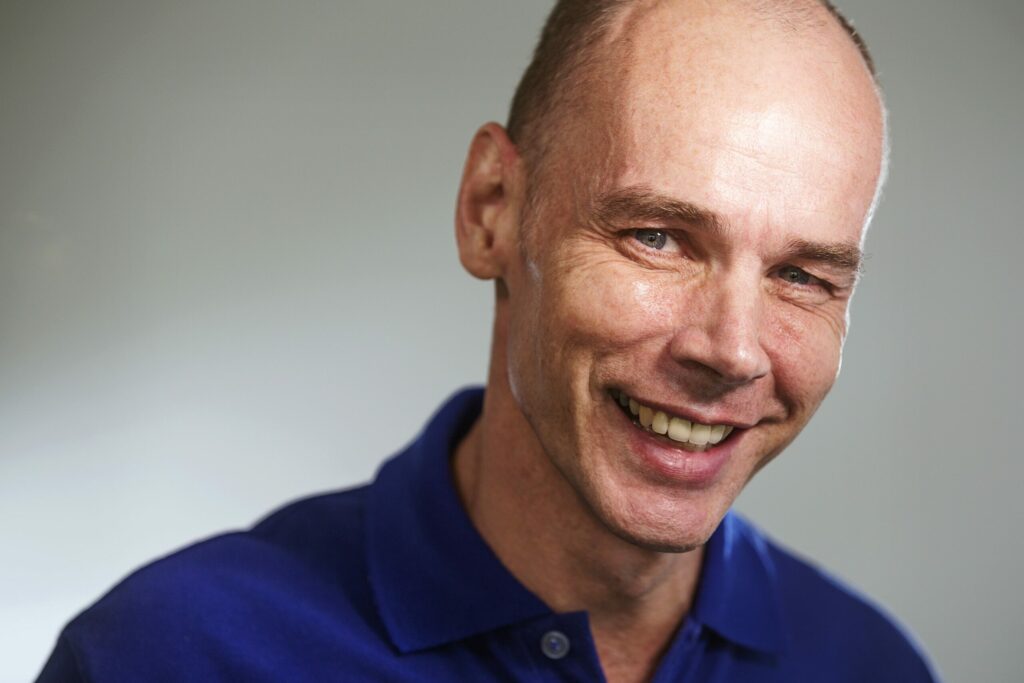
Working Together
Collaborations between both private and public organizations and businesses have been crucial to food security progress.
One result of these efforts is the International Seed Health Initiative for Vegetable Crops, a seed industry platform formed in 1993 under the aegis of the International Seed Federation (ISF), which develops reference methods for vegetable crops for a consistent evaluation of seed health.
“Its methods for bacterial canker and viruses in tomato are used all around the world,” Montuori says.
More businesses and agencies are focused on developing partnerships than ever before.
“There is a recognition now that these are complex challenges and no one entity holds the key to solving them,” Kunz says, mentioning the Modern Breeding Project where Bayer plant science experts work with the International Institute for Tropical Agriculture (IITA). The goal is to modernize breeding programs for banana, cassava, cowpea, maize, soybean and yam.
Prasanna says much of CIMMYT’s success in Africa, Latin America and Asia relies on a dedicated team of seed system specialists.
“These are not breeding teams, but rather they are looking at the varietal characteristics and farmers’ preferences, as well as the producibility of those hybrids, to ensure the cost of goods sold is low enough for small and medium enterprise seed companies,” he says.
It’s about bringing the supply and demand together.
“One of the lessons we’ve learned is we need an accelerated rate of varietal turnover, that is, replacing old and obsolete varieties with improved genetics. In Africa, many of the countries are still growing 30-year-old varieties,” Prasanna says.
In Ethiopia, for example, Ethiopian national partners and CIMMYT worked intensively to replace an old hybrid BH660 with a climate-resilient BH661.
“Ethiopia’s national maize yield doubled from two tons to four tons per hectare,” Prasanna says. “That’s what we need to emulate, and the credit should go to improved varieties, improved agronomy, as well as government, policy, institutional and extension support.”
Striving for Success
We are on the right track, but the finish line is not necessarily in sight.
Prasanna says there have been many positive impacts of the work done by CIMMYT and IITA in sub-Saharan Africa over the last 10-15 years, but the journey is not yet over; only one-tenth of maize area is currently planted with climate-resilient and disease resistant varieties.
In 2010, there were only around 400,000 hectares planted with certified seed of drought-tolerant maize in sub-Saharan Africa. Currently there is an estimated 4.5 million hectares of certified-drought tolerant maize varieties planted, out of a total maize area of nearly 38 million hectares.
“The world trade in agriculture products has grown almost threefold in value over the past years, from 2000-2016, largely in emerging economies and developing countries, reaching $1.6 trillion,” Montuori says.
And it’s a good thing, as life depends on it, literally.
“Plants are at the core of human life, and the life of the planet,” Montuori says. “They make up 80 percent of the food we eat and produce the oxygen we breathe.”
We all have a role to play.
“Private sector, governments, farmers and agribusiness, the scientific community, travelers and citizens can all contribute to this important global goal with specific actions,” Giuliani says.


